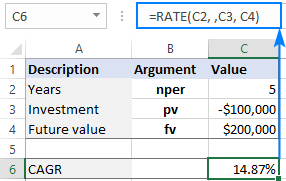

we want the interest rate cell to always be calculated from B1 (not B2, B3, etc… as the spreadsheet will naturally assume). The problem is that both references will change cells but we only want the first one (principal amount) to calculate from the next cell down (A4, A5 and so on). Now, as with creating the 10 rows in increments of $1000, we can grab the bottom right corner and drag down. Next in B3 we enter a formula to calculate interest by multiplying our first value ($1000 in cell A3) by the interest rate (.1 or 10% in B1). In A3 we put $1000, in A4 we put $2000 then highlight both cells and grab the bottom right corner and drag down for 8 more rows so you now have values $1000 – $10,000. Total (Principal Amount + Simple Interest).Next, we have a cell B1 which contains the actual interest rate, we’ll represent our percentage as a decimal so 10% becomes. We have a cell, let’s say cell A1 which just contains the text “Interest Rate” which is simply a label so we know what we’re dealing with. In the formula where you reference the value you created in step 1, add a “$” before the letter (representing the column) and number (representing the row).Įxample of Keeping A Constant Value in Excel.Create a formula in a cell that performs your calculation.Create a cell with the constant value you want to reference.To keep a constant value in Excel use the following steps: we can change it in one place and effect everywhere it’s referenced) but stay constant when we replicate that formula across rows or columns.

When creating a formula in Excel or most other spreadsheet programs we sometimes need one of the values to be dynamic (e.g.


 0 kommentar(er)
0 kommentar(er)
